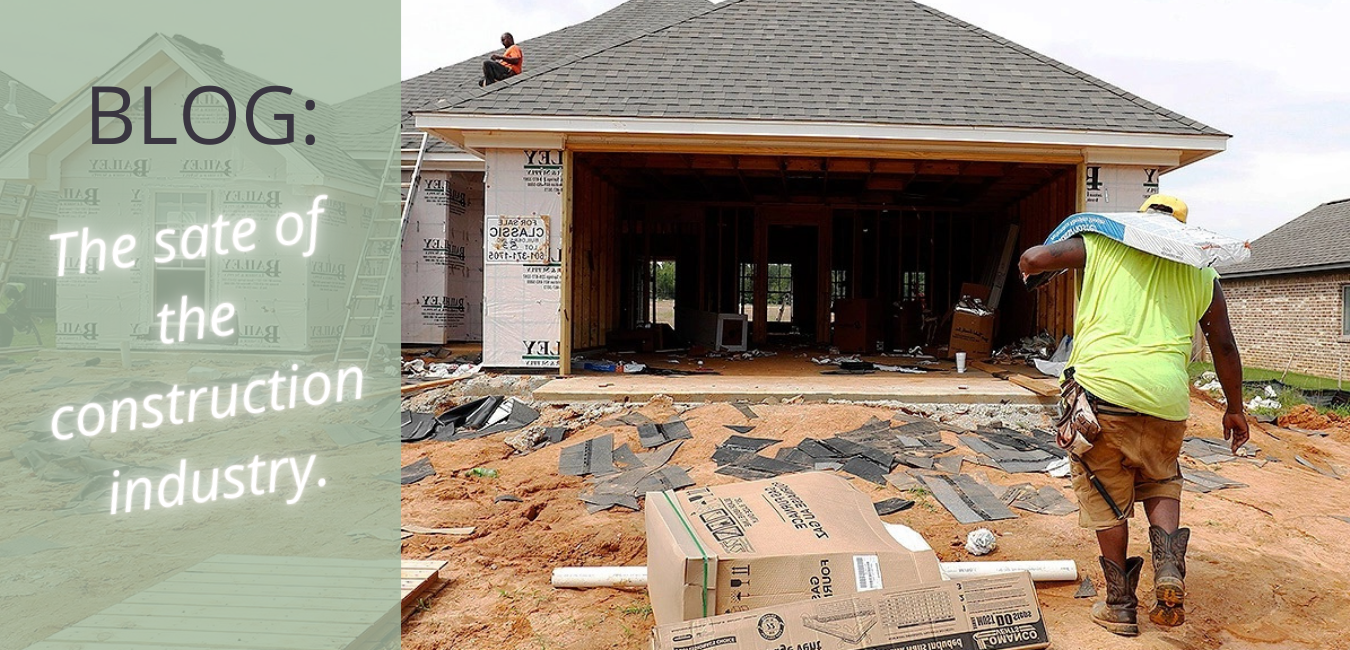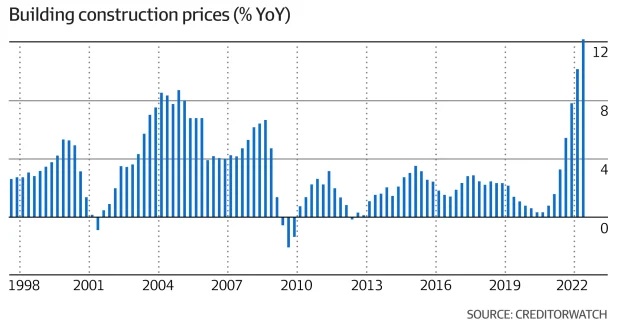
Introduction
The Australian construction market is facing unprecedented challenges as the cost of construction continues to soar. Driven by factors such as high demand, inflation, and increasing material and labor costs, the construction industry is grappling with a perfect storm that is impacting construction companies, homeowners, and the overall market outlook. One of the key factors that has had a significant impact on the rising costs is the increase in fuel prices, which has led to higher manufacturing, logistics, and transport costs. Additionally, small and medium-sized construction companies are folding all around the country as their margins are eroded by material costs, with no feasible way to pass on these costs to consumers once contracts are finalized. In this article, we will explore the state of the Australian construction market, delve into the hard data and reports, and discuss the implications of the rising costs on construction companies and homeowners.
Get An Instant Online Appraisal HERE!
Get An Instant Online Rental Appraisal HERE!
Get A Full Suburb Report HERE!
Hard Data and Reports on Construction Industry
The construction industry in Australia has been grappling with skyrocketing costs, as evidenced by the hard data and reports available. According to CoreLogic’s Cordell Construction Cost Index (CCCI), the cost of construction has increased by an average of 11% nationwide in the 12 months leading up to September 2022 (see figure 1). Furthermore, experts predict that these costs will continue to rise at even larger factors in the coming years. The materials that have incurred the largest price increases are timber and metal, which has had significant implications on home building. This data is further supported by a recent report from CreditorWatch, which revealed that 12% of construction companies are now in arrears of 65 days or more with their suppliers, despite supply constraints starting to ease. This indicates that the cost of goods is still increasing, adding to the challenges faced by the construction industry.

Impact on Construction Companies
The rising costs in the Australian construction market have had a significant impact on construction companies, with many struggling to stay afloat. The increased costs of materials, labor, and logistics have eroded the margins of small and medium-sized construction companies, leading to financial challenges and insolvency. In the last 12 months, some 16 major construction companies have entered insolvency or bankruptcy, leaving many homeowners without completed homes and facing significant financial losses. The volatile situation in the construction industry has forced some construction companies to fold, leaving their employees and subcontractors in dire straits. The inability to pass on the increased costs to consumers once contracts are finalized has further compounded the challenges faced by construction companies, leading to financial distress and business closures.
Impact on Homeowners
The rising costs in the Australian construction market have also had a direct impact on homeowners. With construction companies facing financial challenges and many projects delayed or abandoned due to cost overruns, homeowners have been left without completed homes and facing unexpected costs. In some cases, homeowners have lost their deposits or have been left with incomplete homes, leading to significant financial losses and emotional distress. The uncertainty in the construction market has made homeowners wary of undertaking renovations or extensions to their existing homes, as the costs may outweigh the benefits. As a result, some homeowners have found it more affordable and less risky to sell their homes, move, and then buy a new home rather than investing in construction projects. This has further affected the demand for construction services and has contributed to the overall challenges faced by the construction industry in Australia.
What’s Next for the Australian Construction Market?
The current state of the Australian construction market is presenting numerous challenges, including soaring costs of construction materials, labor, and fuel, as well as increasing demand and inflation. As a result, many construction companies are struggling to cope with shrinking profit margins, and some have even gone into insolvency or bankruptcy. This begs the question, what’s next for the Australian construction market? Will the situation improve, or will it continue to worsen before it gets better? Let’s take a closer look at what the future may hold.
Impact of Rising Interest Rates
One significant factor that could further impact the Australian construction market is the rising interest rates. As interest rates continue to increase, it is expected that a significant proportion of people may be locked out of new builds due to affordability issues. This could result in reduced demand for new construction projects, which may further exacerbate the challenges faced by the construction industry. CreditorWatch economist Anneke Thompson has indicated that this inflection point may occur as early as the first few months of 2023, adding more uncertainty to the future of the construction market in Australia.
Effects of Supply Constraints
Another factor that could influence the future of the Australian construction market is the ongoing supply constraints. Despite some easing of supply constraints, the cost of goods is still increasing, as evidenced by the CreditorWatch report showing that 12% of construction companies are in arrears of 65 days or more with their suppliers. If supply constraints persist or worsen, it could further drive up construction costs and impact the profitability of construction companies. This could result in delays in construction projects and potentially reduce the overall output of the construction industry in Australia.
Shift in Consumer Behavior
The volatile state of the construction market in Australia has also led to a shift in consumer behavior. Many people are finding it more affordable and less risky to sell their existing homes, move, and then buy a new home, rather than investing in renovations or extensions to their current properties. This change in consumer behavior could further impact the demand for construction projects, particularly in the residential sector. If consumers continue to avoid renovations and extensions due to the rising costs of construction, it could result in reduced demand for these types of projects, leading to a slowdown in the construction industry.
Potential for Government Intervention
As the challenges in the Australian construction market persist, there may be a potential for government intervention to address the issues faced by the industry. The government may implement policies or incentives to support the construction industry, such as tax breaks, grants, or subsidies for construction materials, labor, or fuel. These measures could help to alleviate the financial burden on construction companies and make construction projects more affordable for consumers, thereby stimulating demand in the market.
Innovation and Technology Adoption
Innovation and technology adoption could also play a crucial role in shaping the future of the Australian construction market. Construction companies may need to explore new ways to streamline their processes, reduce costs, and improve productivity. This could involve the adoption of advanced construction technologies, such as prefabrication, automation, and digitalization, to optimize the construction process and reduce reliance on labor-intensive tasks. Embracing innovative solutions could help construction companies to remain competitive, enhance their efficiency, and mitigate the impact of rising costs.
Adapting to Changing Market Conditions
In the face of the current challenges in the Australian construction market, it is crucial for construction companies to adapt to changing market conditions. This may involve reevaluating business strategies, diversifying revenue streams, and exploring new markets or segments. Construction companies may also need to renegotiate contracts, explore alternative suppliers or materials, and optimize their supply chains to mitigate the impact of rising costs. Being proactive, agile, and adaptive to the changing market conditions can help construction companies to navigate through the current challenges.
Get An Instant Online Appraisal HERE!
Get An Instant Online Rental Appraisal HERE!
Get A Full Suburb Report HERE!

